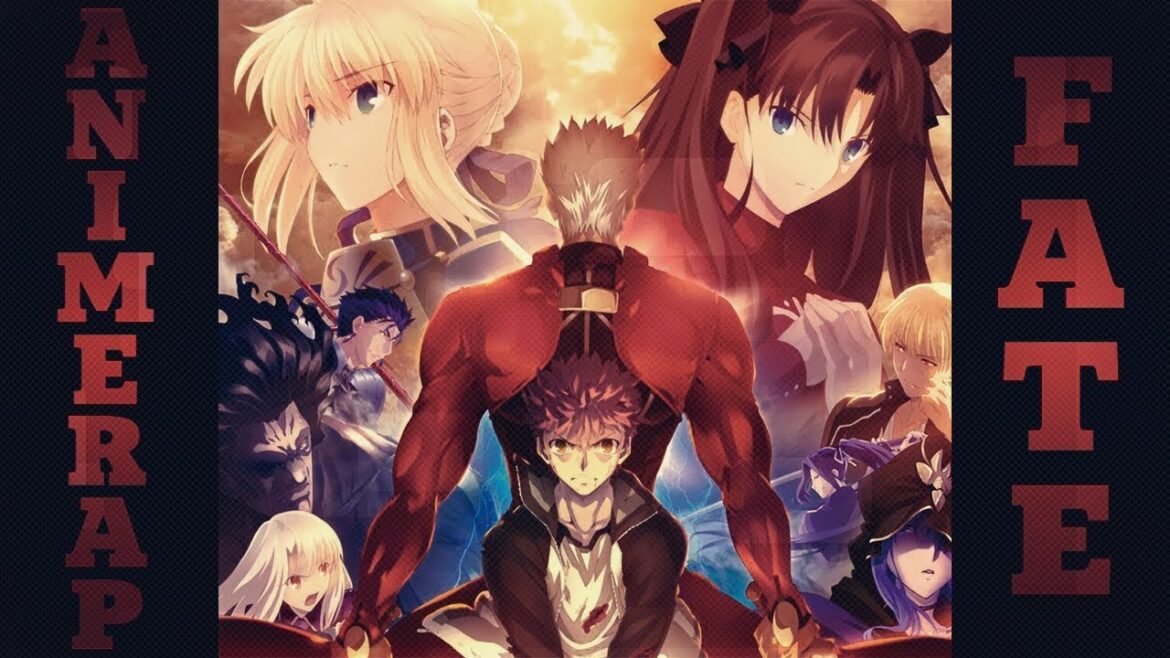596
For anime fans, Fate is a real must-see. The correct order plays a central role here.
Fate: How to start watching the anime
Fate confuses anime newbies because of its multiple storylines. This step-by-step guide will help you follow the plot.
- “Fate/stay night” (2006, Studio Deen, 24 episodes) – No prior knowledge required. The visual quality shows its age, but it conveys the complete “Fate route” and creates emotional bonds with Shirō, Saber, and Rin.
- “Fate/stay night [Unlimited Blade Works]” (2014-15, Ufotable, 26 episodes) – starts right in without wasting time on flashbacks. Concise direction, action-packed battles, stable focus on Rin and Archer. Available in full on Crunchyroll in HD, with the prologue as episode 0. Ignore the 2010 Deen film, as it greatly shortens the route.
- Heaven’s Feel trilogy – “Presage Flower” (2017), “Lost Butterfly” (2019), “Spring Song” (2020). Tomonori Sudō directs the darkest chapter, while Yuki Kajiura anchors motifs such as Sakura’s inner decline in orchestral leitmotifs. The home cinema release includes making-of clips and optional IMAX mixing.
- “Fate/Zero” (2011-12, Ufotable, 25 episodes) – Prequel with a closed arc; insight into Kiritsugu’s moral dilemma and Saber’s royal duty. Prime Video carries both seasons, Blu-ray box set includes booklet and unseen scenes by Nasu.
- “Fate/strange Fake – Whispers of Dawn” (2023, A-1 Pictures) + TV series (starting in 2024) – moves the war to Snowfield (USA). New composers such as Sawano add heavy orchestral accents to large-scale close combat scenes. Intro Special serves as a prologue, so prior knowledge from the Stay Night routes is sufficient.
- Visual novel “Fate/stay night [Realta Nua]” (+ voice patch) – for readers who want to experience freedom of choice and additional endings.
- For newcomers who want to avoid spoilers, expert editors and VN fans recommend this order, which first shows the three “Fate/stay night” routes and then the prequel “Fate/Zero.” Radio Times explicitly states that “Fate/Zero” anticipates key twists, and Popverse confirms the same recommendation.
Spin-offs and further exploration
After the core cycle, a mosaic of parallel timelines, parodies, and game adaptations opens up, rewarding background knowledge and expanding characters.
- “Fate/Apocrypha” (2017, 25 episodes) – Two teams of seven deliver large-scale servant battles in Romania. Netflix streams both seasons, with Masaru Yokoyama’s original soundtrack layering bagpipes and choirs over Eastern European scenery.
- “Fate/Grand Order – Absolute Demonic Front: Babylonia“ (2019-20, 21 episodes) – Adaptation of the mobile game chapter ”Order VII.” Babylonian epic, King Gilgamesh as human ruler, kaiju-like goddesses. Director Toshifumi Akai confirmed in interviews that scenes remain understandable even without gaming experience.
- “Fate/kaleid liner Prisma ☆ Illya” (2013 ff.) – Magical girl spin-off with meta humor; seasons and films mix slice-of-life with multiverse drama. Silver Link experiments with cel-shading effects, and fans enjoy cameos by experienced seiyū.
- “Carnival Phantasm” (2011-12) and “Fate/Grand Carnival” (2021, 4 OVAs) – Short episodes celebrate the Type-Moon universe in sketches; running gags about Saber’s eating habits or Gilgamesh’s ego lighten the mood after dramatic arcs. The Blu-ray Complete Edition collects all 16 episodes plus bonus songs “Super☆Affection” and “Fellows.”
- Audio & Blu-ray extras – The Fate/Zero box set includes Kajiura OST Vol. 1, a drama CD script by Gen Urobuchi, a booklet with setting material, and bonus animations. When watching with commentary, Nasu explains why Ufotable uses real-time blur.
- Streaming overview – Crunchyroll: Unlimited Blade Works & Babylonia; Prime Video: Fate/Zero; Netflix: Apocrypha. Region locks apply, please note the VPN information.

